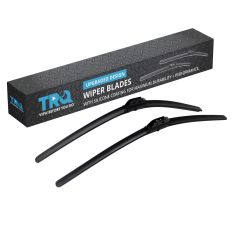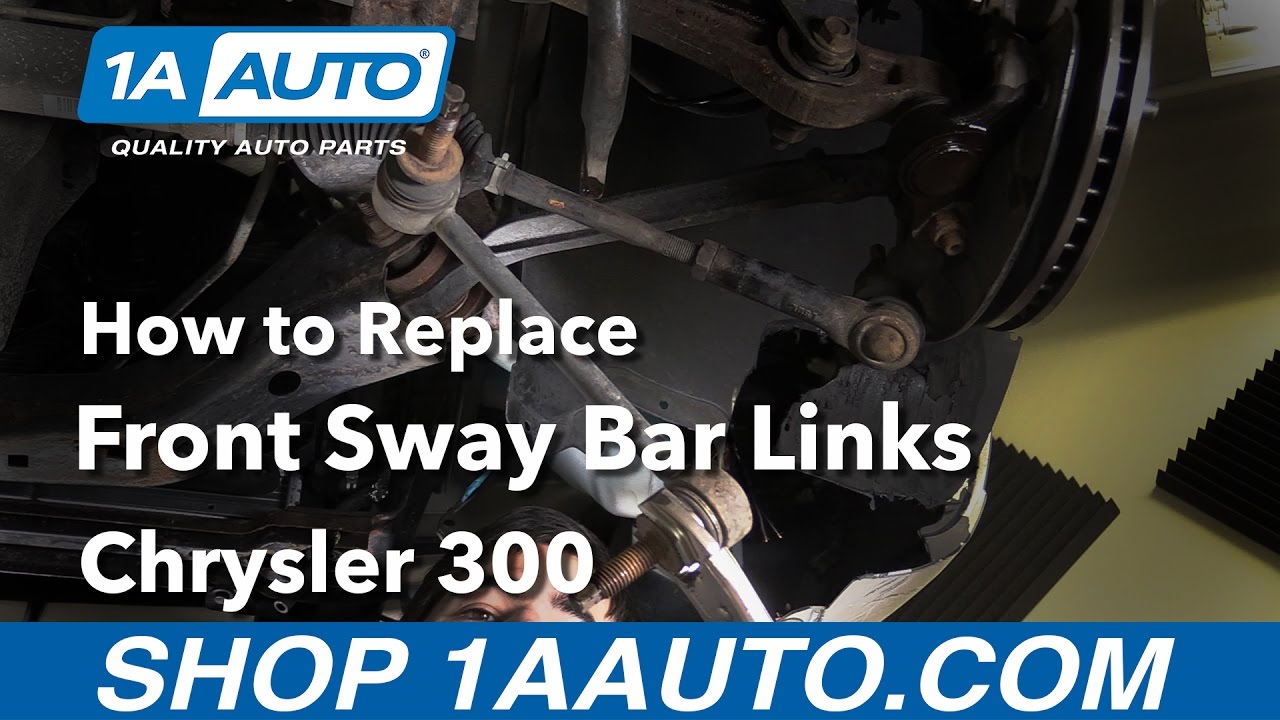1ASFK04699-Dodge Chrysler Front & Rear 4 Piece Sway Bar Link Set TRQ PSA56018













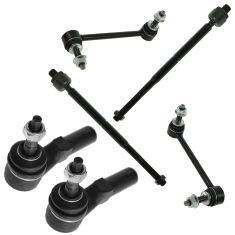
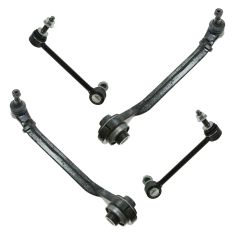
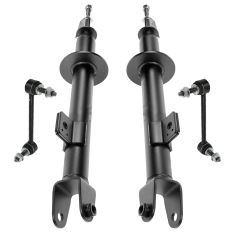

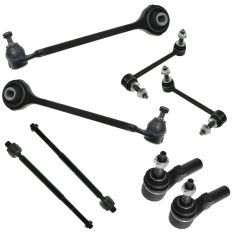
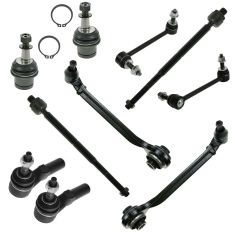
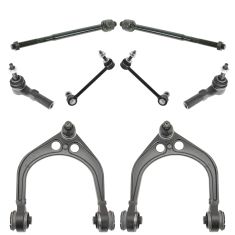
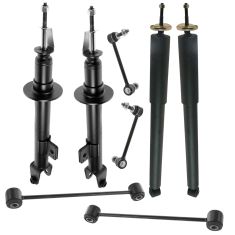
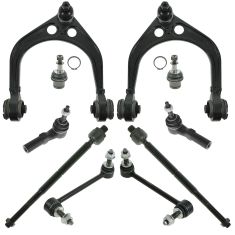
Replaces
2005 Dodge Magnum Rear Wheel Drive Front & Rear 4 Piece Sway Bar Link Set TRQ PSA56018







Recommended for your 2005 Dodge Magnum
You may also like

6 Piece Steering & Suspension Kit
$79.95

4 Piece Suspension Kit
$114.95

4 Piece Suspension Kit
$121.95

4 Piece Suspension Kit
$134.95

8 Piece Steering & Suspension Kit
$144.95

10 Piece Steering & Suspension Kit
$169.95

8 Piece Steering & Suspension Kit
$169.95

8 Piece Suspension Kit
$184.95

10 Piece Steering & Suspension Kit
$189.95
Product Reviews
Loading reviews
Customer Q&A
No questions have been asked about this item.
Dodge is a registered trademark of FCA US LLC. 1A Auto is not affiliated with or sponsored by Dodge or FCA US LLC.
See all trademarks.






